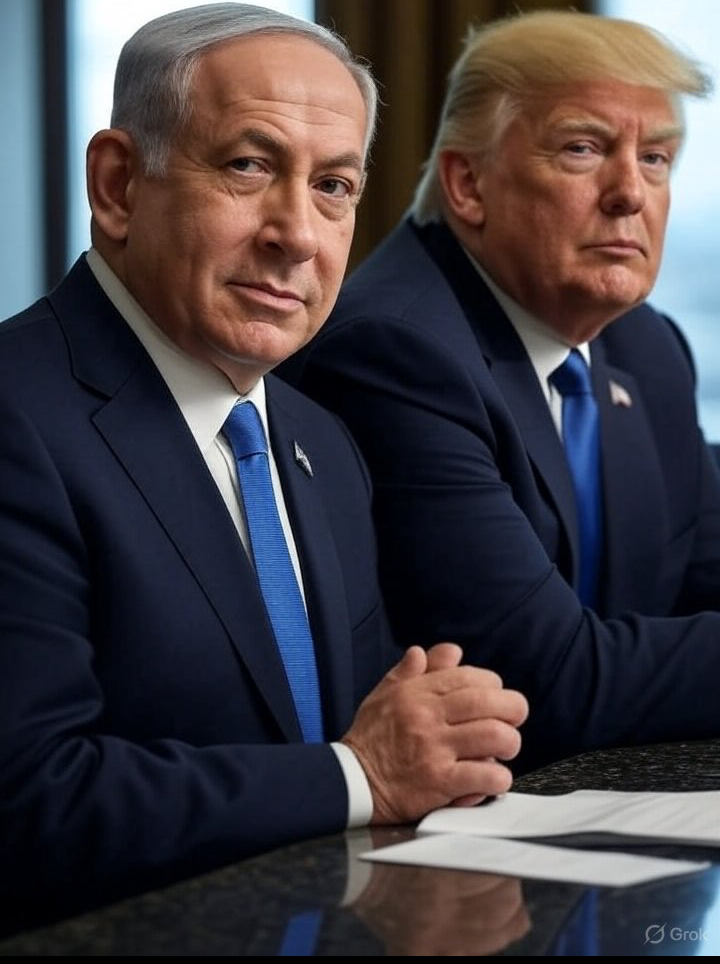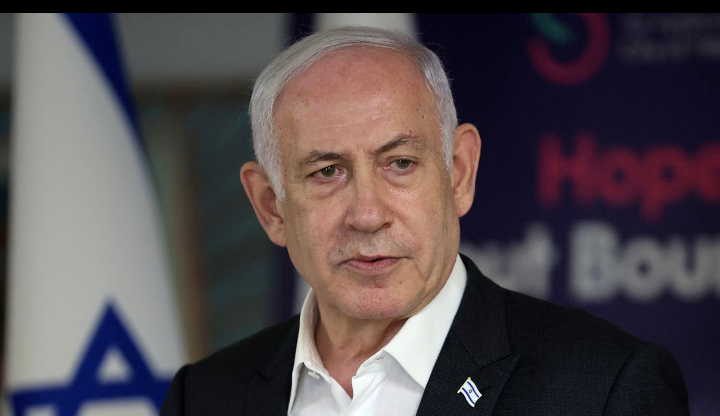The Middle East, a region long fraught with tension, has entered a perilous new phase with the eruption of open conflict between Israel and Iran in June 2025. What was once a shadow war—marked by covert
On June 13, 2025, Israel launched “Operation Rising Lion,” a series of preemptive airstrikes targeting Iran’s nuclear and military infrastructure, including the Arak heavy water reactor and the Fordo uranium enrichment facility. Prime Minister Benjamin Netanyahu justified the strikes, claiming Iran was on the verge of developing a nuclear weapon—an existential threat to Israel. The Israeli Defense Forces (IDF) reported significant damage to Iran’s missile capabilities, framing the operation as a last-ditch effort after failed diplomatic talks. the IDF emphasized confirm their focus on military targets, asserting that the strikes were necessary to neutralize Iran’s growing threat.
Iran, however, denies pursuing nuclear weapons, insisting its program is for peaceful purposes. The International Atomic Energy Agency (IAEA) and U.S. intelligence have not fully substantiated Israel’s claims, with a March 2025 U.S. assessment stating Iran was not actively weaponizing its nuclear program. This discrepancy has fueled international debate, with some questioning the legitimacy of Israel’s actions while others view them as a necessary precaution.
Iran’s Fierce Counterattack
Iran’s response was immediate and intense. By June 16, the Islamic Revolutionary Guard Corps (IRGC) launched waves of missiles and drones, including reported hypersonic missiles, targeting Israeli cities like Tel Aviv and Haifa. A devastating strike hit Soroka Medical Center in Beer Sheva, killing civilians and wounding over 240. Iranian state media claimed the targets were military sites near civilian areas, but the strikes’ impact on residential zones drew widespread condemnation. The human cost is mounting: Iran reports 224 deaths, mostly civilians, from Israeli strikes, while Israel confirms 24 fatalities and over 300 injuries. Both sides have accused each other of war crimes, deepening the cycle of retribution.
The U.S. Role: A Pivotal Decision
The conflict’s trajectory now hinges on U.S. involvement, with President Donald Trump at the forefront. Since the escalation began, Trump has held daily National Security Council meetings, weighing whether to support Israel militarily. On June 19, he boasted of U.S. air superiority over Iran and hinted at targeting Supreme Leader Ayatollah Ali Khamenei, though he later clarified he had no immediate plans to do so. His ambiguous stance—“I may do it. I may not do it. Nobody knows what I’m going to do”—has kept allies and adversaries on edge. The White House has signaled a decision within two weeks, raising fears of a wider war.

Khamenei, in a defiant televised address, rejected Trump’s calls for “unconditional surrender,” warning that U.S. intervention would bring “irreparable consequences.” Iran’s threats to target U.S. bases in Iraq and mobilize proxies like Hezbollah and the Houthis add further complexity. Posts on X reflect polarized sentiment, with some urging U.S. restraint and others, including voices in Israel, calling for decisive action to “finish the job.”
Regional and Global Fallout
The conflict’s ripple effects are profound. Iraq’s Grand Ayatollah Ali al-Sistani warned of regional chaos, while Russia’s Vladimir Putin offered mediation but cautioned against U.S. military involvement. China condemned Israel’s strikes as a violation of sovereignty, and G7 leaders, meeting in Canada, urged de-escalation to safeguard the global economy. Airlines like United and American have halted Middle East flights, and nations like India have evacuated citizens, with “Operation Sindhu” rescuing 110 students from Iran.
The nuclear dimension remains critical. Israel’s strikes on Natanz and Arak have raised concerns about radiological risks, though Iran denies any leaks. The IAEA is monitoring closely, and Iran’s parliament is debating withdrawing from the Nuclear Non-Proliferation Treaty, a move that could further isolate Tehran.
Domestic Dynamics and Strategic Stakes
In Israel, the conflict has rallied political support for Netanyahu, who faced a potential no-confidence vote before the strikes. Former rivals like Yair Lapid have backed the war effort, strengthening his position. In Iran, Khamenei faces mounting pressure, with the regime weakened by internal dissent and the loss of key military figures like IRGC commander Hossein Salami.
Israel’s technological edge, bolstered by U.S. support, has so far outmatched Iran’s capabilities, but Iran’s vast missile arsenal and proxies pose a long-term threat. The IDF claims to have destroyed half of Iran’s ballistic missile launchers, yet smaller, less coordinated Iranian attacks continue.
The Israel-Iran conflict risks spiraling into a broader war, with the U.S.’s potential involvement as a critical flashpoint. Diplomacy appears stalled, with Iran canceling nuclear talks scheduled for June 15 in Oman. Trump’s push for negotiations focuses on Iran’s nuclear program, but Tehran’s defiance and Israel’s relentless strikes make de-escalation unlikely. International calls for restraint—from the G7 to the UN—struggle against the momentum of mutual retaliation.
As missiles streak across skies and rhetoric intensifies, the Middle East stands at a crossroads. A miscalculation could draw in global powers, with catastrophic consequences. For now, the world watches anxiously, hoping for a diplomatic breakthrough to avert disaster.
